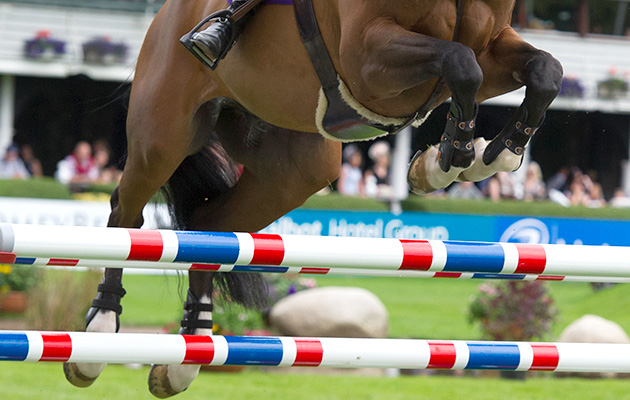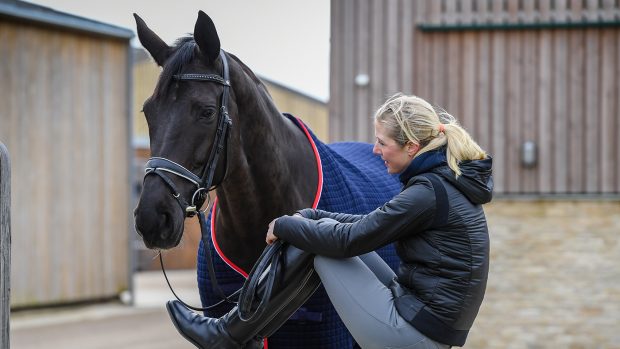Have you seen #gifted and #ad (and other derivatives!) appearing on riders’ content at the moment? How does it make you feel? Do you think the rider MUST be lying about how much they love a product if it has that tag? And do you think it’s appearing far too often and riders and influencers are giving too much away for the price of a product?
The first thing that needs addressing here is the use of these this type of disclosure. Correct tags are not just a nice thing to have, they’re a legal requirement under UK consumer protection law. These tags help influencers (and to be clear, this is anyone who has an influence online, they don’t have to be celebrities or have enormous followings) label their content correctly so the people consuming it understand the relationship between influencer, product and brand.
These requirements aren’t to be feared — they’re to help everyone be crystal clear on what’s going on. While the law around this area isn’t new, influencer marketing is a continually evolving area, hence the need for guidelines and adaptations.
Now, you might see #gifted around a lot, but what does it mean? Gifted is not actually a term that the ASA (Advertising Standards Agency) or the CMA (Competition and Markets Authority) suggest is used on any content. The ASA generally says an advert is where a brand pays (product or money) an influencer AND has control over the content to some degree (this can be as little as the influencer using a specific hashtag or as much as them having control over the words and images use). However, when it comes to products that are given without any control, that falls into the area of the CMA. And their stance is that payment (remember, product or money) has happened and therefore it’s an advert and should be labelled as such. For the CMA, the control aspect isn’t a consideration.
This might seem a little over the top for a hoof pick or a bottle of shampoo that’s been given to you, but keep in mind what these organisations are working towards. And that is that we as consumers know when we are being sold to. That we know how the product featured has been acquired and whether or not it was paid for or there’s some relationship with the brand that we need to be aware of. It’s all about clarity.
One other key part of the puzzle is where this tag is — where you should declare something is an advert. It should be upfront and not buried at the back of 30 hashtags on Instagram or after a huge caption on Facebook. It should be upfront and obvious. You can also use the branded content tools on different platforms (when it says ‘paid partnership with X on Instagram, for example), but guidance suggests that alone this might not be enough, so it’s suggested that ‘ad’ or #ad (the hashtag isn’t a requirement) is added in addition.
But what about ongoing partnerships? Where a rider is sponsored by a brand, or a brand ambassador works with a brand on a long-term basis? This still has to be declared.
As to exactly how, both the ASA and the CMA say that labelling is important but the nature of the post, caption, even the hashtags, may indicate the exact labelling required. If the product a rider has been given/paid to endorse is included in a post, or caption, or a specific hashtag used then this must be declared upfront. If there is an ‘incentivised endorsement’ in the post, a disclosure is required, according to the ASA.
What might help is that, even though the use of something like AD | BRAND AMBASSADOR or AD | SPONSORED RIDER as a label is untested in ASA rulings, it seems likely to be considered as acceptable (provided it’s prominent etc.) from an ASA perspective. It must be stressed though, this is untested.
As for additional clarification about the nature of the ad (so AD | GIFTED when a product has been given with no control or strings attached), the CMA does not specifically reference this in the guidance and has not addressed this method of tagging. That’s not to say it’s incorrect, but as yet there is no guidance around this.
And what about if you get it wrong and you make a mistake? Both the CMA and ASA want people to use the correct labels, but both organisations are keen to help educate people to do the right thing versus a fine and more, especially on a first issue. If you make a mistake and it’s looked at, and you’re found to be breaking the rules, you’re likely to be contacted by the relevant agency to discuss the issue in the first instance. The CMA generally monitor situations and could open further cases if the evidence warrants this and is in line with the CMA’s prioritisation principles, which help the CMA make the best use of resources for real outcomes for UK consumers.
Is there power in #ads?
So, if someone says that a product has been given to them for free, does that mean you shouldn’t believe what has been said or written about the product?
In order to maintain your reputation as a rider and influencer, it is essential you tell the truth here. If you hate the product you’ve been sent, contact the company and explain your issues and maybe decide against sharing that content. Do not say something is amazing if you hate it. It won’t help you and it certainly won’t help your following and their trust in you. And that will massively compromise you moving forward.
Talking of ads and gifted products, there’s no doubt that there’s been a big increase in the use of this term and the number of products that are gifted to influencers, and it’s easy to see why. From a brand point of view it’s a brilliant, cost effective way of marketing a product or service, and there is no shortage of people willing to receive products and create a lot of content around the products for nothing more than the cost of an item. But this is having a knock-on effect in different areas too?
Article continues below…
You might also be interested in:

How to keep (and lose) a sponsor

Top tips from equestrian social media’s big hitters: ideas to help you improve your Instagram, Facebook and YouTube
Have you ever wondered how some equestrians’ social media accounts grow so big and others don’t?

Subscribe to Horse & Hound this spring for great savings
Victoria Bodey, founder and director of Equiboodle, receives many messages each week from people looking to receive products for free in exchange for coverage.
“We love hearing from people who genuinely love our brand and we are always happy to chat, but we get contacted many, many times a week from people who just want free things. Some have very small followings. Some have never had any interaction with us before. Some call us the wrong brand in the DM. And some rave about different brands each day, which means that they don’t really have a huge amount of value to a brand, because it’s evident that their following have switched off to what they’re saying and have lost trust in them.
“We do gift pieces but we’re very careful who with give items to and these are generally people we support on a longer term basis and we want to support with their career moving forward, because they support us.”
For read the Influencers’ Guide to making it clear ads are ads, please see this document https://www.asa.org.uk/resource/influencers-guide.html
The ASA also offer a copy advice service which can be useful for influencers and brands too https://www.asa.org.uk/advice-and-resources/bespoke-copy-advice.html
The CMA has also published a guide for influencers: https://www.gov.uk/government/publications/social-media-endorsements-guide-for-influencers
Horse & Hound magazine, out every Thursday, is packed with all the latest news and reports, as well as interviews, specials, nostalgia, vet and training advice. Find how you can enjoy the magazine delivered to your door every week, plus options to upgrade to access our H&H Plus online service which brings you breaking news as it happens as well as other benefits.




